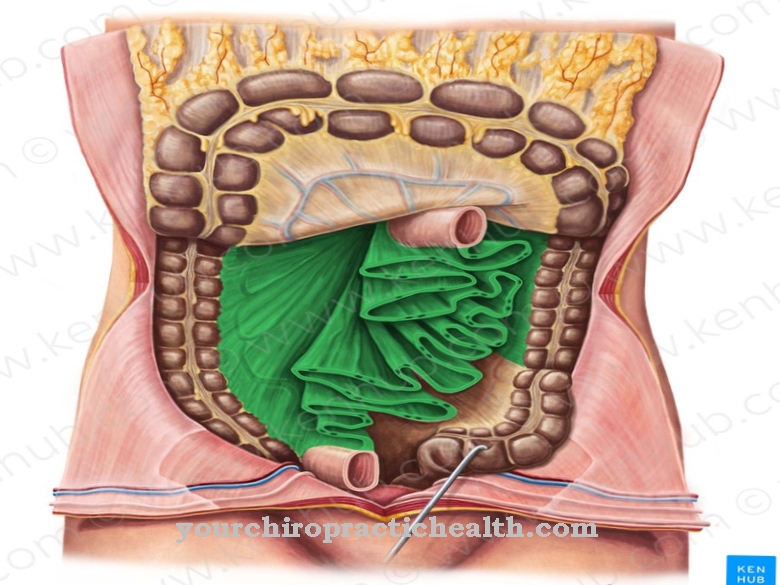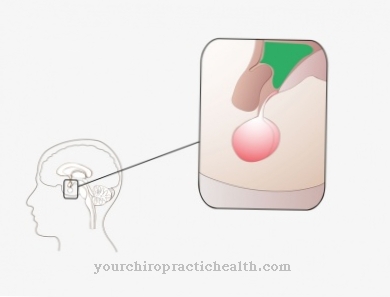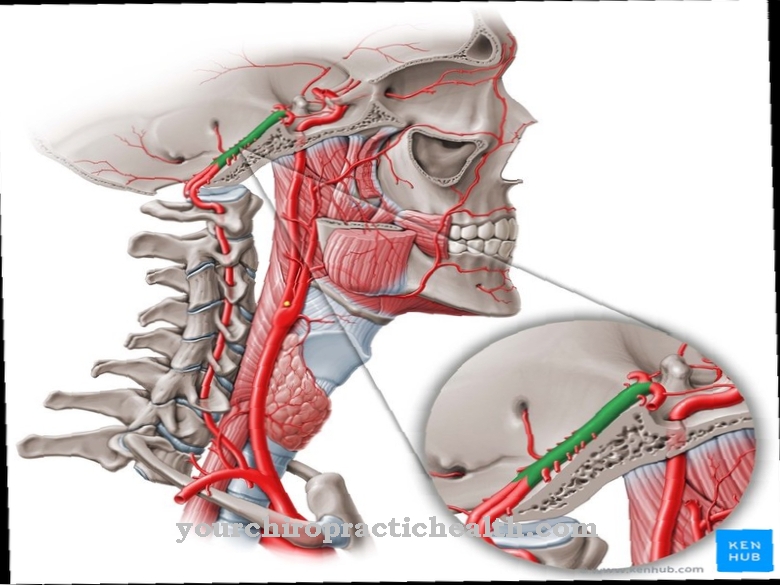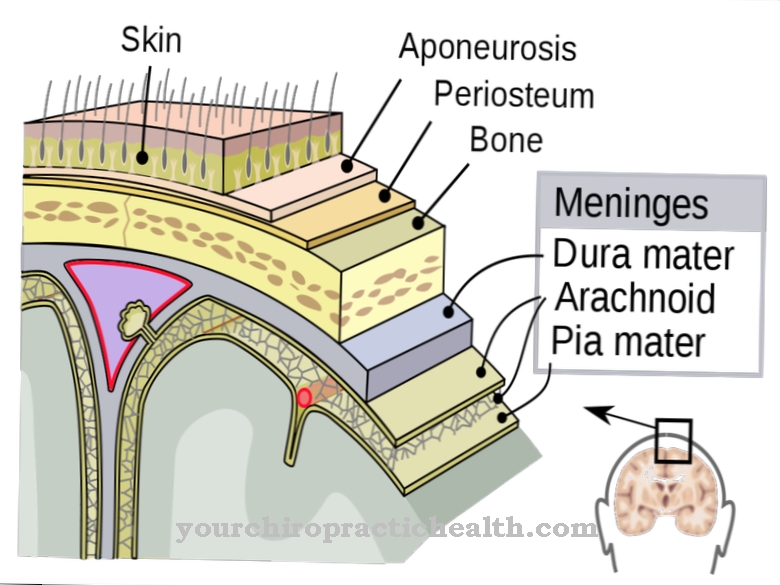Many substances have to be distributed in the body to maintain vital functions. Since these substances alone cannot cope with the path within a time compatible with life, nature created the blood for this task. This is a liquid that circulates through the body in a firmly established vascular system while distributing oxygen and other substances throughout the body. In this cycle, physicians differentiate between two types of vessels from a functional and anatomical point of view: Arteries and veins.
What are arteries
Arteries basically have the task of transporting the oxygen-rich blood that is expelled from the heart to the remote regions of the body.
There the oxygen is released to the surrounding tissue, as the cells need it in order to be able to perform their function and not to die. These processes produce carbon dioxide, which is absorbed into the blood in exchange for oxygen and transported to the lungs, where it is then exhaled.
The blood is transported back to the central regions of the body via the veins. They contain 80 percent of the total blood volume, which is normally four to six liters. Conversely, only 20 percent of the blood is in the arterial system at the same time.
Anatomy & structure
The arterial system can anatomically be divided into large and small Arteries, divided into arterioles and capillaries. The characteristic of the course in the periphery is that the diameter of the arteries is continuously smaller until scientists finally speak of arterioles, which at the end point of the arterial system merge into the capillaries, which in turn serve the exchange of substances with the surrounding tissue.
If you look at the cross section of an artery under the microscope, you can see that it is made up of three layers. Inside, i.e. closest to the blood, there is a simple layer of cells, which experts call the endothelium. Second, a muscle layer can be seen around the endothelium, which is bounded by connective tissue on the outside. This represents the third layer in the construction of an artery.
The muscular level plays an important role in the function of an artery and varies depending on the distance from the heart. Arteries close to the heart are extremely elastic due to elastic elements, so-called filaments, which are located in the muscle layer. Far from the heart, the contractile elements predominate, so that one speaks of arteries of the muscular type.
Functions & tasks
Arteries naturally serve to forward the oxygen-rich blood to the periphery of the body. This happens under the high pressure built up by the heart, which is also called blood pressure.
As discussed above, the arteries near the heart are extremely elastic so that they can absorb excessive fluctuations in blood pressure, which can cause long-term damage to the arteries. The scientific name of this effect, which can be observed mainly in the main artery, is the windkessel effect.
The arteries that are located far from the heart are mostly assigned to the muscular type. The capillaries would burst at the high blood pressure that prevails in the main artery. Therefore it has to be lowered by the muscular arteries far from the heart and consequently these are called resistance vessels.
The capillaries now have the task of transferring substances. Oxygen and carbon dioxide are exchanged with the surrounding tissue. In addition, the liquid components of the blood, the blood plasma, pass into the tissue. From this point on, the plasma is called lymph and its job is to supply cells that are not directly connected to the blood vessel system.
Diseases
A very significant disease of the Arteries is called arteriosclerosis. This occurs, for example, in connection with cigarette consumption, stress or malnutrition.
Over the years, deposits build up inside the arteries, which reduce the elasticity of the vessel and reduce the cross-section. One consequence of these two effects is, for example, the potentially fatal heart attack, in which clogged coronary arteries prevent parts of the heart muscle from being supplied with oxygen.
In addition, arteriosclerosis can lead to high blood pressure, which over the years increases the risk of blood vessels bursting. This can happen in the brain, for example. In this case, one speaks of a stroke, which can lead to paralysis, loss of senses and ultimately also to death.
Typical & common diseases
- Arterial circulation disorders in the feet and legs
- Arterial hypertension
- Arterial Disease
- Peripheral arterial disease













.jpg)

.jpg)
.jpg)











.jpg)